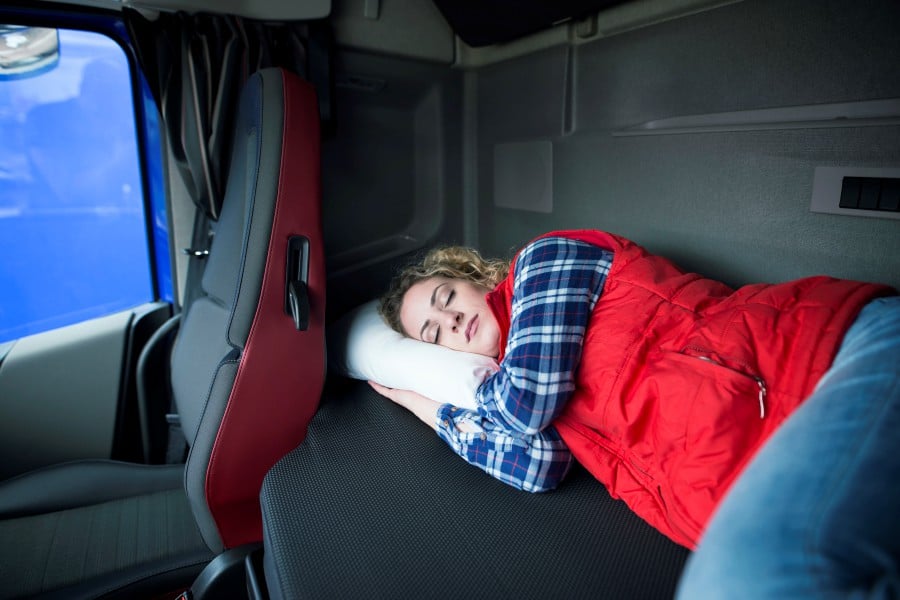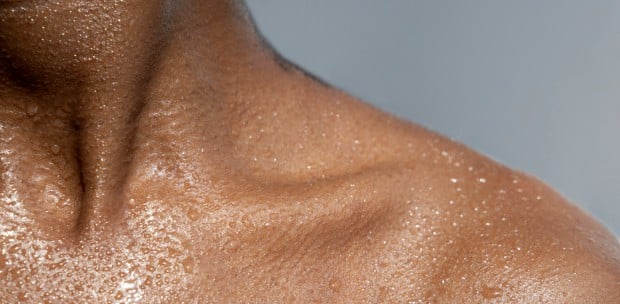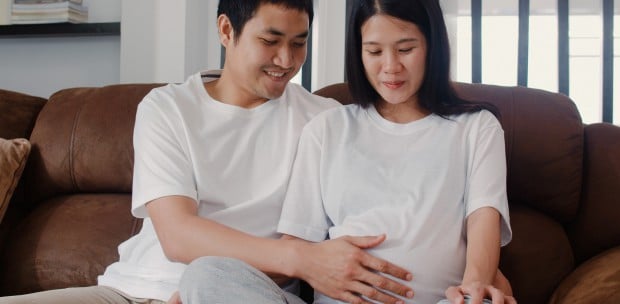RECENT cases of people being found dead in their cars of suspected carbon monoxide poisoning have once again raised the issue of car safety and the dangers of sleeping in stationary vehicles with the engine running.
Carbon monoxide is an odourless gas that has long been perceived as toxic, and is often used by those who commit suicide.
But contrary to common assumption, the natural level of carbon monoxide in the environment is not toxic or poisonous.
It is the dose and length of exposure that determines the toxicity or extent of poisoning, explains Professor Dr Chin Beek Yoke, who specialises in physiology and toxicology, and is a faculty member in the medical biotechnology programme and dean of industry partnership and engagement at International Medical University.
"In cases of carbon monoxide poisoning, the victims are almost always inadvertently or accidentally exposed to very high doses for a long period."
The gas is generated from the burning of fossil fuel, says Chin. Even when we light a match, carbon monoxide is created.
Every time we burn petrol or diesel, carbon monoxide is generated by the vehicle engine. This gas is then funnelled away from the engine through the exhaust pipe into the open air, explains Chin.
In a moving vehicle, the gas will be diffused from the cabin, thus preventing a hazardous build-up.
However, if the engine is running in a parked car for a long period, the carbon monoxide from the exhaust can accumulate and leak back into the vehicle cabin, exposing the sleeping occupant to high concentrations of the gas.

High exposure to carbon monoxide in an enclosed, unventilated space, such as a locked car, poses a very serious risk, says Dr K. Sashetheran, senior resident medical officer (emergency department) Gleneagles Hospital Kuala Lumpur.
Carbon monoxide is colourless, odourless and tasteless, he says. We can't see, smell or taste it. Most people who drift off to sleep in parked cars with the engine running do not realise what's happening to them.
It is important to check the exhaust and undercarriage of your car and have your vehicle routinely inspected. A damaged or even clogged exhaust can result in such incidents, says Dr Sashetheran.
As carbon monoxide levels in an enclosed area, such as a car, slowly build up, the victim becomes drowsy, fatigued and end up becoming unconscious.
If the windows are wound down a little, there would be air circulating and the concentration of carbon monoxide in the vehicle would be less.
Dr Sashetheran says when someone is awake and exposed to carbon monoxide, the initial symptoms would be headache, nausea, dizziness, vomiting and chest tightness or shortness of breath.
When the level exceeds a certain threshold, confusion sets in and some people may suffer seizures.
"It can happen slowly or gradually and the risk depends on the concentration in that enclosed space."
If the concentration of the gas is low and exposure is only for a short period, the person may experience a headache or other initial symptoms and may decide to open the car door and step outside to refresh themselves.
But a sleeping individual in an enclosed car is completely unaware of what's happening and they eventually die of poisoning.
"When you're sleeping in a car and this happens, you won't even realise what's happening because you're not in an alert state."

Carbon monoxide poisoning can happen in the home, too, but the risk is far lower as homes are generally well-ventilated.
But using a barbeque or stove or doing any kind of burning in an enclosed space increases the risk.
Chin says in cold countries, some homes may use gas powered systems for heating, ventilation and air-conditioning systems (HVAC) and carbon monoxide is produced.
For this reason, households in such countries are required to have carbon monoxide alarms or monitors to detect high levels of the gas and act as a warning system.
Once high levels of carbon monoxide are detected, all windows and doors to the house or apartment should be opened to allow the gas to diffuse away, thus lowering the chances of human exposure.
Chin explains that high levels of carbon monoxide bind very tightly to the oxygen carrying molecule known as haemoglobin in red blood cells.
"Death occurs when most of the haemoglobin is filled with carbon monoxide instead of oxygen, thus causing oxygen deprivation in the body and death."
But many of us don't realise that we ourselves generate low levels of carbon monoxide every time a red blood cell is broken down and recycled in our bodies, adds Chin.
"If carbon monoxide is as toxic as we believe it to be, we would all be dead, but our bodies would never produce a gas that is toxic. The carbon monoxide produced in our bodies is controlled and tightly regulated."
Administration of controlled low dose or low levels of carbon monoxide has been shown to be beneficial by helping our bodies heal during lung infections, helping transplanted organs to be accepted by the host, reducing pulmonary hypertension and many other diseases in clinical trials, says Chin.
The moral of the story is that anything can be toxic, as it depends on the dose and length of exposure, she adds.

IMPACT OF EXPOSURE
Low-dose/early exposure
Fatigue, headaches, anxiety and nausea.
Mid-dose exposure
Confusion, dizziness, vomiting, loss of coordination and convulsions.
High-dose exposure
Loss of consciousness, heart attack, brain tissue starts to die and death.
QUICK ACTION
FOR low dose carbon monoxide exposure, the patient should be administered normobaric or normal pressure of high-flow 100 per cent oxygen to eliminate the carbon monoxide molecules bound to red blood cells, explains Chin.
For those exposed to high doses, patients will be placed in hyperbaric oxygen chamber, where 100 per cent oxygen is driven into the patients at high pressure. This is also done to force the carbon monoxide off the red blood cells and replace them rapidly with oxygen.

TRAGIC BUT PREVENTABLE
Feb 2024
A young woman was found dead in her car at Ipoh's Raja Permaisuri Bainun Hospital parking lot. The woman, who was taking care of her sick father at the hospital, was believed to have gotten into her car to sleep without opening the windows.
Nov 2023
A young woman died while her male companion was found unconscious in their parked car in Kota Baru, Kelantan. The post-mortem revealed that the woman had died of carbon monoxide poisoning.
Sept 2020
A road trip for four college students awaiting graduation turned fatal after three of them died from carbon monoxide poisoning. The women were found unconscious inside a Honda Odyssey in the parking lot of a petrol station near the North-South Expressway.





